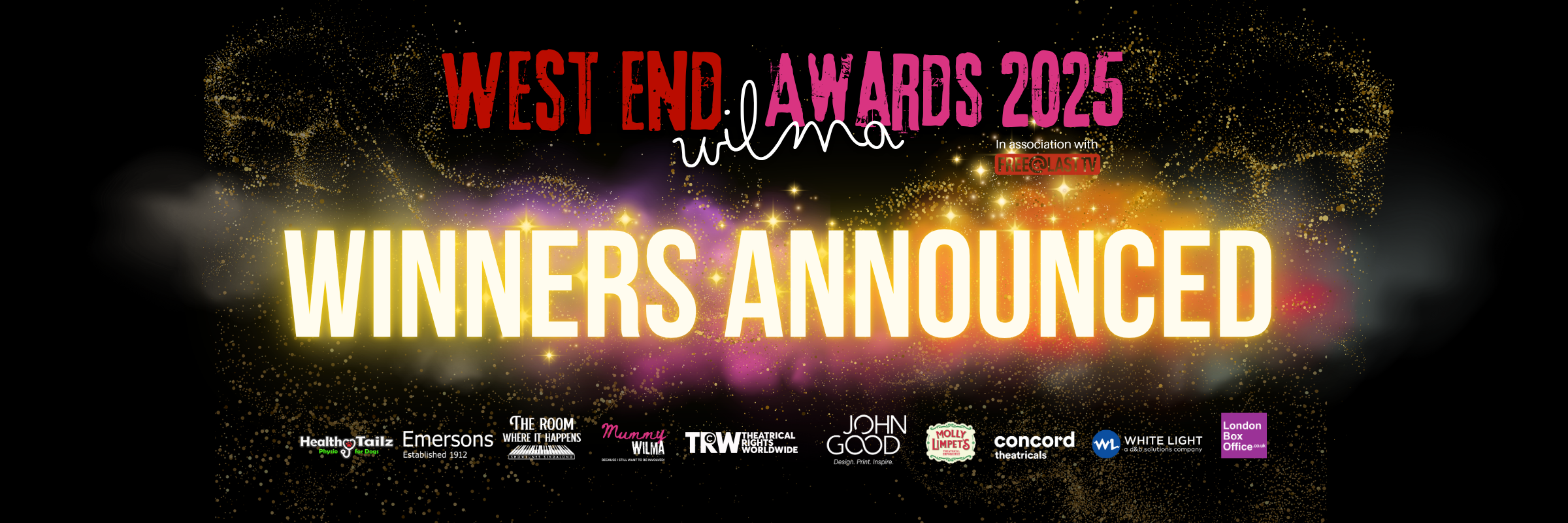
Hidden in a little black room above the jovial and unassuming Rosemary Branch pub, a dark secret uncurls and writhes, stretching itself against the imagination of its keeper. This secret, however, is completely fictitious and slithers out of the mouth of a fiery tempered schoolgirl and sinks its teeth into those looking to protect and improve her. Lillian Hellman’s The Children’s Hour explores how, upon a child’s whim and word, people’s lives could once, and indeed still can, be completely shattered with no hope to restore previous reputations. This story, taken from true events, presents its audience with the once abhorrent notion of homosexuality, albeit imaginary in this instance, and displays how that one accusation once resulted in social exclusion and criminal action.
Mary, a sly and clever girl, struggles to fit in to a new boarding school and torments her classmates into submission in order to gain their loyalty and obedience. She is emotionally more mature and is already interested in books of a sexual nature, using her charm and artifice to gather information on the other girls in order to blackmail them into cooperating with her demands. The school’s teachers, Martha Dobie and Karen Wright catch on to her devious nature and punish her, forbidding her from attending the school’s boating trip. Furious, Mary flees the school and makes an impromptu visit to her grandmother who lives close by. When told she must return to the school, Mary fabricates a rumour that the teachers are romantically involved and she has seen and heard them being ‘unnatural’ together. Her grandmother informs everyone she knows and over the following week, each of the schoolgirls’ relatives withdraws them from the institute.
The Children’s Hour is inspired by real life, similar events that occurred in Scotland in the early 1800s. As such, this story is immediately engaging but quickly loses some of its shock value due to today’s general tolerance of same-sex relationships. It is performed traditionally with minimal set and modest lighting and the majority of the dialogue is fairly static which makes the piece appear longer than it actually is. There are brief explosions of fury, humour and passion but these are largely swallowed by the morose overtones. While the subject matter is undeniably serious, there are certain performances that lack connection to the text. In this performance there were, on a number of occasions, moments where the performers forgot lines and stubbornly relied on their cast members to haul them out of the gaping maw of silence. In contrast, Elizabeth Stevens, as Martha, commands the space spectacularly. Her controlled stillness and stony gaze perfectly portray her character’s internal struggle between helplessness and defiance. On the whole Kimberley Marren, as Mary, carries the piece well. She oozes manipulation and juggles childish regret with teenage malice which makes for an effective malefactor.
Chris Davis has respectfully used The Children’s Hour’s original script but this, in part, becomes this play’s downfall. The characters are bothersome and reactive and the staging of each scene is repetitive and predictable. An edited version with a smaller cast may prove more effective. Overall, the moody, breathlessness of the piece fits with the themes of deceit and rumour and ultimately casts aspersions on those who pigeonhole sexuality into good and bad.
Reviewed by Alex Foott
The Children’s Hour is playing at the Rosemary Branch theatre until 2 April



